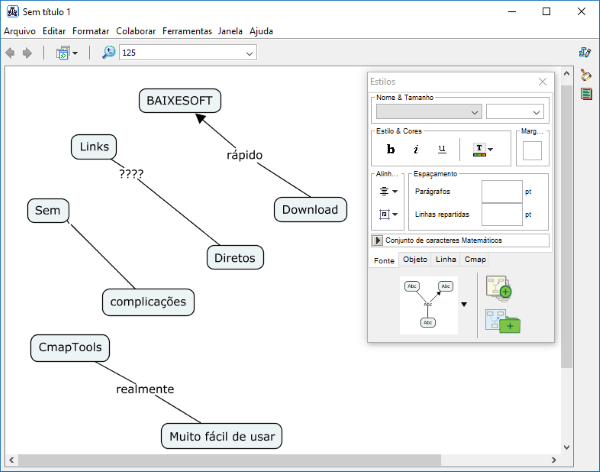

The disease has a bimodal pattern, having an early peak in the second and third decade, and a late peak in the sixth to eighth decade. The patient presents with complaints of fluctuating fatigability, worsening muscle weakness in the evening and/or with prolonged use, and significant improvement with rest. The definitive diagnosis of MG, either systemic or ocular, is made through various clinical, pharmacological and serologic tests. This is the basis of muscle fatigability and the electrophysiologic decrement seen in MG. In MG, the reduced amount of ACh released with sustained muscle activation results in further impairment of the NMJ transmission. Normally, with sustained muscle activation, smaller amounts of ACh are released with each successive impulse, but transmission is not affected and muscular strength is maintained. This muscular weakness increases with sustained muscle activation, giving rise to increased fatigability with use, and improvement of symptoms with rest. The muscles become weak due to impaired transmission. The amount of ACh released from the pre-synaptic terminal is normal, but because the number of receptors is reduced, the amplitude of endplate potentials at the NMJ may be too low to trigger an action potential. There are no known risk factors for acquired MG. Aggravating factors, such as pregnancy, emotional stress, infections, excessive alcohol, UV light, extreme temperatures, thyroid disease and certain medications may worsen the disease and have been linked to myasthenic crises.Īntibodies directed against acetylcholine (ACh) receptor sites at the post-synaptic neuromuscular junction (NMJ) are attacked, destroyed and ultimately decrease in numbers by approximately 66%. These antibodies cause ACh receptor blockade, complement mediated membrane damage, and accelerate the degradation of the ACh, thereby reducing its effect on the NMJ. For more information on congenital myasthenia gravis, please visit the category, Pediatric Ophthalmology under the article Congenital Myasthenic Syndromes. However, congenital MG is a rare, nonimmune inheritable disorder.


Approximately 85% of patients presenting with only ocular signs and symptoms of MG will develop systemic MG within 2 years of presentation. Systemic MG affects the ocular muscles (often the presenting sign) and other voluntary muscles. Ocular MG affects only the ocular muscles. Smaller muscles tend to be affected first, larger muscles become affected as the disease progresses. MG affects voluntary muscles of the body, but the muscles and motor nerves are intact. Myasthenia Gravis (MG) is an autoimmune disease in which antibodies destroy neuromuscular connections resulting in muscle weakness and fatigability. Myasthenia Gravis ICD-9 code: without acute exacerbation 358.00 with acute exacerbation 358.01 Serum anti-Muscle-Specific Kinase Antibody Titer: Repetitive Nerve Stimulation (RNS) Testing:


 0 kommentar(er)
0 kommentar(er)
